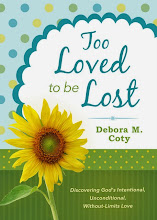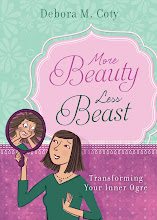I thought I'd share a few tidbits from the Do/Don't list of Mystery Writing I received from Chantelle Aimee Osman at the Florida Writers Conference in October. I've added a bit of commentary as well.
2.Make your sleuth unique and use your own interests. The reader can tell when the author is enthusiastic; if you're writing about your own passions, it's sure to show.
3. Use a means of murder that makes a statement about the character or villain.
4. Set up false leads and red herrings. This is a good idea for mysteries included in all genres. I threw in several red herrings in my historical novels The Distant Shore and Billowing Sails. It's more fun if you keep 'em guessing.
5. Give two or three really pertinent clues. They can be something that's missing rather than present. You can even go back after you've finished the book and add them to strategic scenes. Kind of like foreshadowing.
6. Play fair with your readers. Give your reader a fair chance to figure out "whodunit". Don't be so transparent that your readers guess the end before Chapter 2.
7. Use only rational and scientific methods to solve the crime. Don't ignore the laws of physics or logic to solve the crime. Readers will be annoyed.
8. Make sure the reader feels justice was served, whether the good guy wins or loses. The good guy doesn't always have to win; sometimes the point is that he learns something he didn't expect and no longer wants/needs what he originally started out to achieve.
9. Don't make the villain obvious. Remember, they don't think of themselves as villains. Many authors these days show both sides of the coin to give their story more realism; they give the good guy a bad streak and the bad guy at least a few likable traits. Very few people are all good or all bad.
10. Don't give all the backstory at once. Drop is like a trail of breadcrumbs to intrigue the reader. A cardinal rule for all fiction: don't dump your load in the first chapter.





